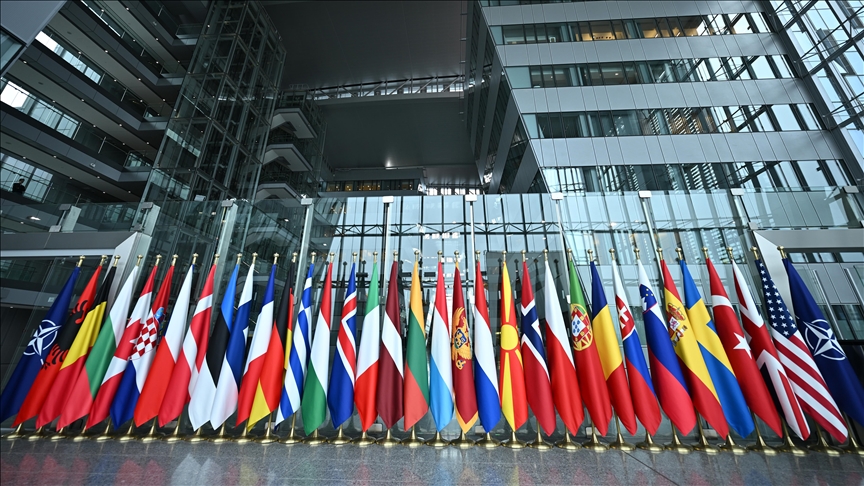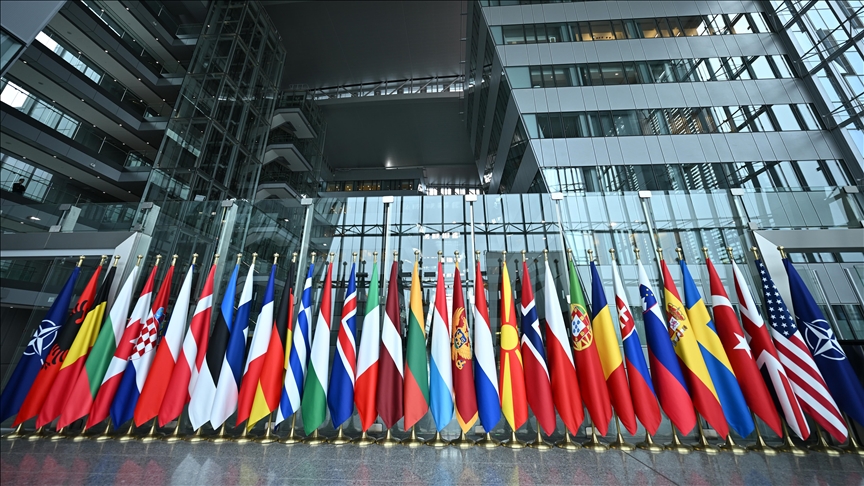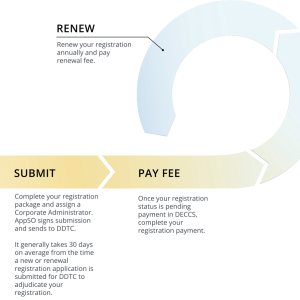Record Defence Spending Reflects a Strategic Pivot
NATO has entered a new strategic era as member states dramatically increase defence spending to match growing geopolitical threats. At least 23 out of 32 NATO countries will reach the long-standing 2% of GDP defence target this year, marking a historic high since the alliance’s post–Cold War transformation. For comparison, only three nations met that goal in 2014. This rise signals a profound shift in threat perception, prompted by Russia’s war in Ukraine, hybrid warfare scenarios, and expanding instability along NATO’s eastern and southern flanks.
NATO Secretary-General Jens Stoltenberg recently emphasized that this is not a temporary surge, but the beginning of a sustained transformation: “We are not arming for war, we are preparing to prevent one.” This reflects a dual-track strategy focused on deterrence and readiness while fostering alliance-wide resilience through coordinated investments in people, platforms, and production.
Budget Growth Translates Into Capability Gains
The rise in NATO defence spending is not uniform in scale, but it is consistent in intent. Poland is expected to spend nearly 4% of its GDP on defence this year—surpassing the U.S.—while countries such as the UK, France, and Türkiye are launching multi-year modernization programs. These investments include the procurement of fifth-generation fighters, air and missile defence networks, cyber warfare systems, and expanded munition stockpiles.
Moreover, several NATO nations are building or restoring military-industrial capabilities long neglected since the 1990s. This resurgence of sovereign and collaborative defence production reflects the alliance’s new belief: readiness cannot depend on long-term imports from potentially disrupted global supply chains.
NATO’s Defence Production Action Plan Gains Momentum
At the heart of NATO’s approach is the Defence Production Action Plan, launched in 2023. This framework aims to unify procurement cycles, boost transatlantic production output, and establish long-term contracts to stabilize supply and reduce costs. It also encourages cross-border cooperation among European defence firms to close critical capability gaps in ammunition, drones, and air defence.
NATO has set new benchmarks to ensure members don’t just pledge, but also deliver. Nations are now required to publish clear capability development roadmaps, including industrial readiness levels, delivery timelines, and logistics redundancy measures. The alliance is also investing in pre-positioned stockpiles, forward basing, and the interoperability of platforms through standardized software and communication layers.
Türkiye: From Defence Spender to Strategic Enabler
Among the most notable contributors to NATO’s revitalized posture is Türkiye. With a stated goal of dedicating 5% of its GDP to defence by 2035, Türkiye will channel 3.5% toward core operational capabilities and 1.5% toward strategic infrastructure and logistics. This level of commitment positions Türkiye not only as a significant regional power but also as a strategic anchor on NATO’s southeastern frontier.
Türkiye’s defence ecosystem, centered around companies like ASELSAN, TUSAŞ, and Baykar, has achieved growing recognition across the alliance. The successful deployment of UAVs such as Bayraktar TB2 and Akıncı in NATO-linked theatres has proven its interoperability, while Türkiye’s domestic engine and fighter programs (like KAAN) indicate long-term autonomy in strategic capabilities.
Türkiye also actively supports NATO’s logistics and training frameworks, hosting key NATO assets in İncirlik and contributing troops to multiple rapid reaction forces. This dual-track support—financial and operational—enhances Türkiye’s influence in shaping NATO’s evolving doctrine.
Strategic Implications for Alliance Cohesion and Readiness
This surge in NATO defence spending must be viewed through the lens of long-term alliance cohesion. While greater investment improves readiness and resilience, it also introduces challenges: harmonizing procurement, avoiding duplication, and ensuring interoperability across highly varied systems and doctrines.
Furthermore, this defence revival coincides with increasing pressure on NATO to maintain unity in political vision. Member states must align national defence policies with shared goals while remaining responsive to their individual security needs. The ability to manage such complexity will define NATO’s future operational credibility.
There’s also the industrial logic: Europe is recalibrating its defence economy not to challenge the U.S. defence industry, but to complement it. The goal is to achieve supply chain redundancy, platform independence, and balanced burden-sharing, particularly in crisis scenarios where timelines and territorial proximity are critical.

The Road Ahead: Washington Summit and Beyond
In the lead-up to the 2025 NATO Summit in Washington, key deliverables are expected in the form of integrated capability planning, new frameworks for joint procurement, and additional pledges to support Ukraine. The summit will likely institutionalize several post-2022 reforms and set the stage for a new “Deterrence and Defence Baseline” across all domains: land, air, sea, cyber, and space.
With the current global environment marked by uncertainty and grey-zone conflicts, NATO’s emphasis on long-term investment and rapid adaptation sends a clear message: deterrence through strength remains the best path to peace.
Alt Text: NATO defence ministers meeting on rising military budgets
External Link: NATO Newsroom – Official Statements
Internal Link: Türkiye’s 5% Defence Spending Strategy and NATO Alignment








